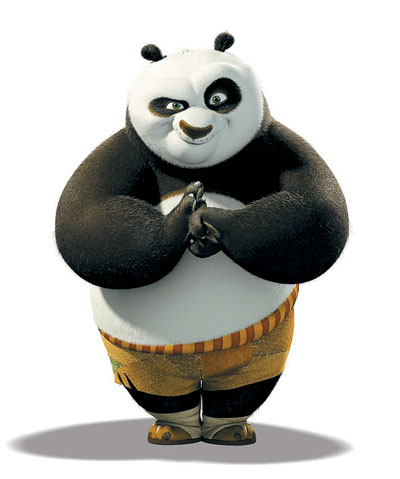
HOLLYWOOD blockbuster 3D movies may all soon come with a “Made in China” sticker, as more major U.S. studios take their animation and visual effects (VFX) business — and the jobs associated with them — abroad. VFX company Rhythm & Hues — which won the Oscar for Visual Effects on Sunday night for its work on Ang Lee’s “Life of Pi” — just filed for Chapter 11 bankruptcy protection after laying off more than 250 employees. Universal Pictures and 20th Century Fox have since agreed to lend the company up to US$17 million so it can complete its work on the big-budget “R.I.P.D.” and “Percy Jackson: Sea of Monsters.” The Rhythm and Hues team tried to draw attention to their plight during their acceptance speech, but were cut off by the Academy’s trademark “Jaws” music designed to usher recipients off the stage. “At a time when visual effects movies are dominating the box office, [the] visual effects companies are struggling,” Rhythm and Hues Oscar winner Bill Westenhofer explained backstage. “We’re artists, and if we don’t find a way to fix the business model, we start to lose the artistry.” Indeed the industry’s professionals are not going down without a fight. Before the Oscars started, hundreds rallied outside the Dolby Theater demanding better treatment for VFX artists. They even chartered a plane to fly overhead trailing the protest slogan “Box Office + Bankrupt = Visual Effects vfxunion.com” over the red carpet. In addition, a number of anonymous professionals in the animation/visual effects arena recently launched an IndieGoGo campaign to end overseas subsidies in their industry, encouraging anonymous donors to help them obtain legal counsel to stop subsidies that may violate international trade agreements. Eric Roth, executive director of the Visual Effects Society, echoed the dismay many in the industry are experiencing. “The issue of globalization, worldwide tax incentives and hard financial reality truly rules the day as to who gets work and where it will go. Even if you try to stay ahead of the curve there is no way to guarantee a sufficient cash flow during the (in-between movies) time.” The week before Rhythm & Hues’ bankruptcy filing, it was also reported that DreamWorks Animation would be letting go of at least a few hundred of its employees due to holiday season losses. Meanwhile, the Jeffrey Katzenberg-headed company is in-production with China for the 2016 release “Kung Fu Panda 3.” Given that production/labor costs are far cheaper in China, it is said studios will likely send their senior supervisors and top talent overseas to head production and train Chinese workers. “Currently China is not capable of producing the level of quality that we are accustomed to when we visit the theaters, but this can easily change with time as Chinese artists will be changed by the best of the best. They’ll be able to do the same level of work at a much more cost-effective price,” explained one insider. “The relationship between studios and China will only strengthen in time. As trust builds and the business model proves itself, it will only further encourage studios to do more business there.” But David Williams, president and CEO of FilmCrest, a film finance and marketing company, noted that taking production to China is merely “the easy route” to follow where the money can be saved and made. “The by-product is that it will build a bigger and stronger infrastructure in China. This does not help Hollywood. We’ve already lost 71 percent of California’s film industry to runaway production,” he explained. Williams also said the VFX migration to China may be short-lived. “The continuation of low payment for labor and on production will eventually create a pool of factory workers, without innovation and the creativity that a very spoiled worldwide media audience will demand,” he said. “I believe there will be an evolution over time, where the quality and pricing in Hollywood will revive itself and exceed anything that can be produced in China for a similar price.” So if American animators want to keep the work within the U.S. borders, they must consistently produce a much more creative and technologically superior product. “We have to remember, China’s current main resources are manpower and capital. The U.S. still dominates the world in a more valuable resource, the technological and sheer imagination of filmmaking, something we cannot afford to lose,” William said. Robert Cain, a leading producer who has been connecting Chinese and American productions for several years, concurred. “Chinese animation companies have had some success — but not a lot — in their home country. They have so far failed to make a single animated film that has succeeded outside of China,” he said. “Whether that work comes back to the United States will depend entirely on the value that U.S. animators provide.” (SD-Agencies) | 
